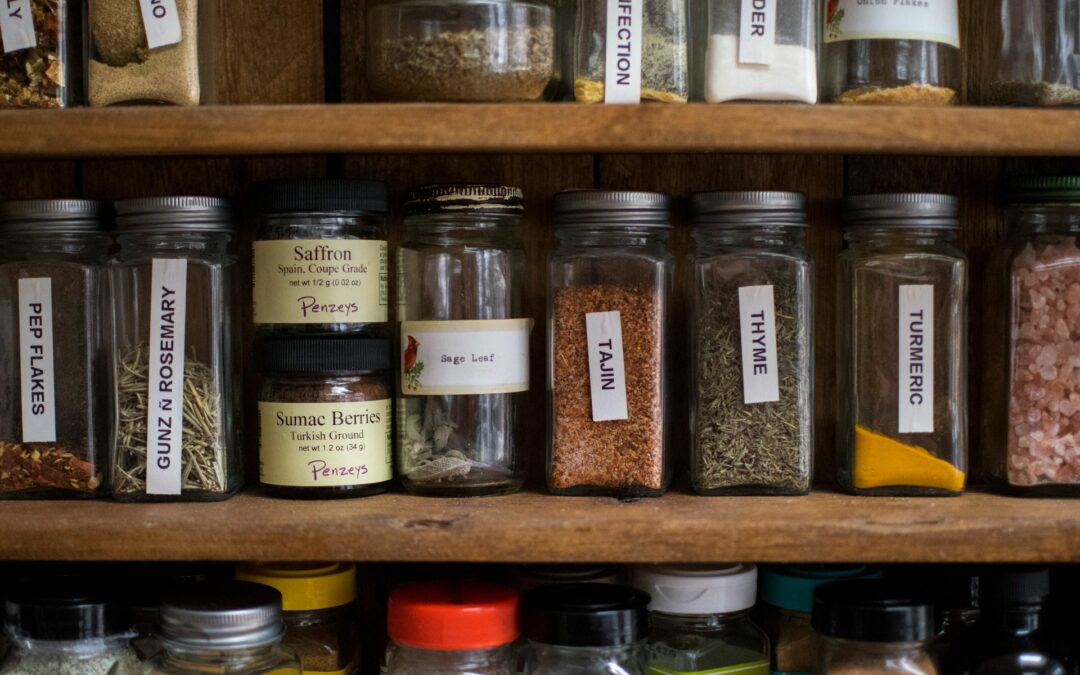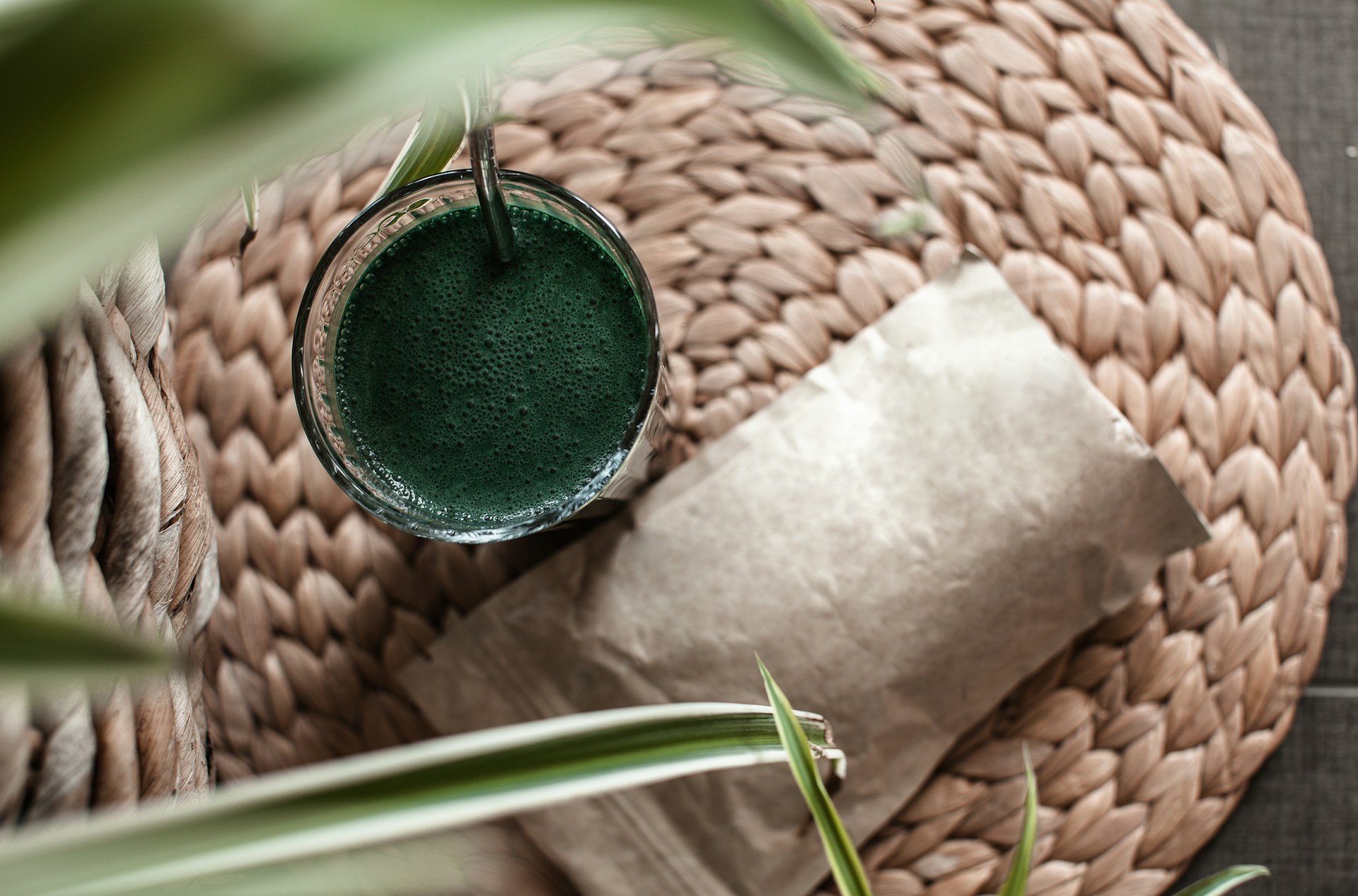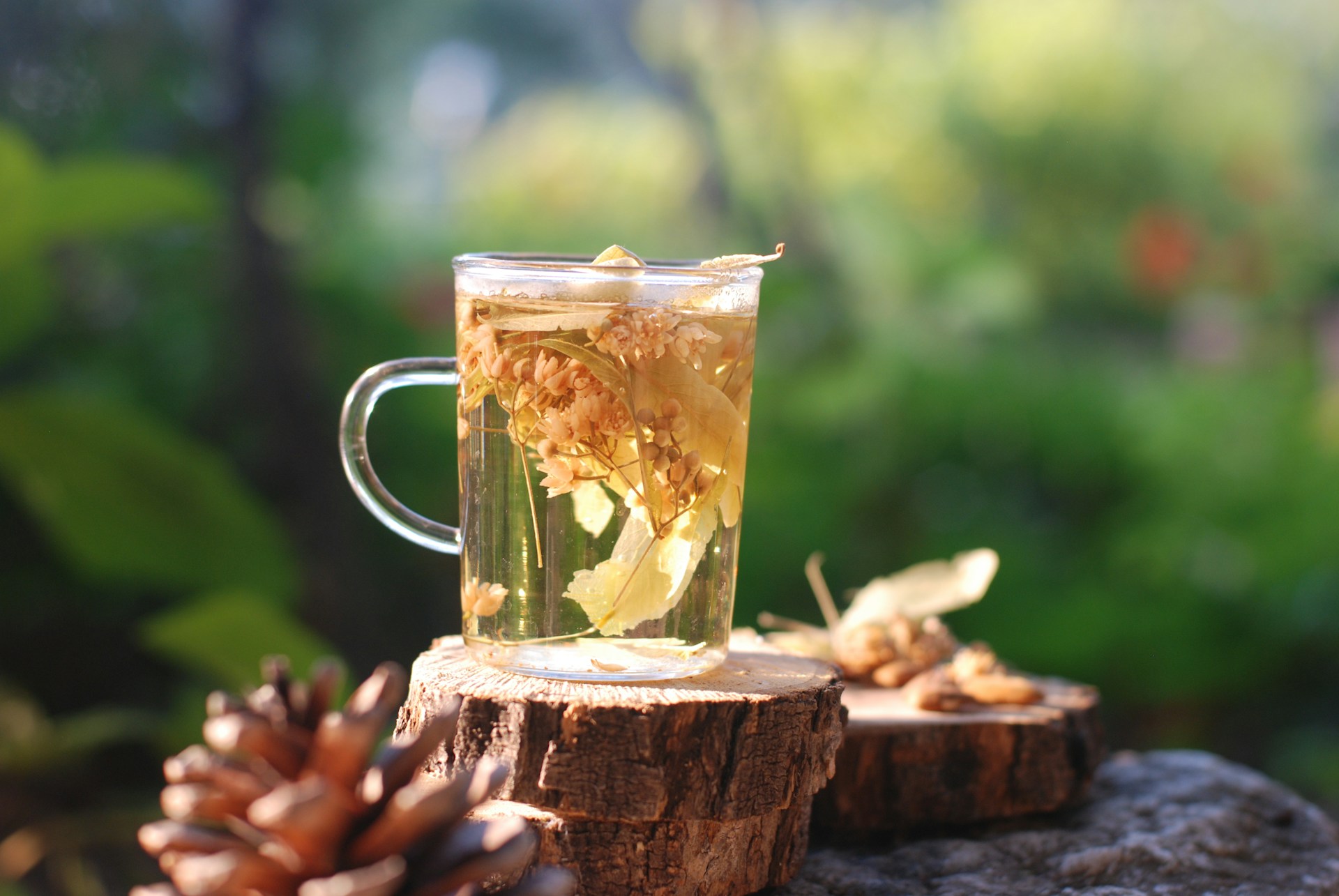Creating your own herbal medicine cabinet can be an exciting and rewarding journey. With just a few essential herbs and some basic supplies, you can craft natural remedies to support your health and well-being. Not only is it cost-effective, but it also gives you control over what goes into your body.
Herbs have been used for centuries to treat a variety of ailments and boost overall health. Unlike over-the-counter medications, herbal remedies are often gentler and come with fewer side effects. Whether you’re dealing with a minor cold, a headache, or just need a pick-me-up, having a well-stocked herbal medicine cabinet means relief is always at hand.
In this guide, we’ll walk you through the basics of starting your herbal medicine cabinet. From choosing essential herbs to gathering the necessary tools and supplies, you’ll be well on your way to making your own natural remedies. We’ll also share some simple recipes you can try at home and tips on how to keep your herbal supplies organized and effective. Let’s dive in and discover the benefits of creating a personalized herbal medicine cabinet!
Essential Herbs for a Beginner’s Medicine Cabinet
A beginner’s herbal medicine cabinet should have a few key herbs that are versatile and easy to use. Here are some must-have herbs and their primary uses:
1. Chamomile: Great for calming nerves and promoting sleep. It can also be used to soothe digestive issues.
2. Echinacea: Known for boosting the immune system and helping to fight off colds and infections.
3. Peppermint: Useful for relieving headaches, treating digestive problems, and easing sinus congestion.
4. Lavender: Renowned for its calming properties, it helps with stress and insomnia. It can also be applied to skin irritations.
5. Ginger: Excellent for alleviating nausea, improving digestion, and reducing inflammation.
6. Turmeric: Known for its powerful anti-inflammatory and antioxidant properties. It can help with joint pain and support overall health.
7. Thyme: Good for respiratory health and can be used to treat coughs and colds. It has antiseptic properties as well.
These herbs are a great starting point and cover a range of common ailments. Having them on hand means you’ll be prepared for many health issues that might come up.
Tools and Supplies You Need
To create your own herbal medicine cabinet, you’ll need some basic tools and supplies for preparing and storing your remedies. Here are the essentials:
1. Jars and Bottles: Glass jars and bottles are crucial for storing dried herbs, tinctures, and infusions. They keep your herbs fresh and protected from light and moisture.
2. Labels: Always label your jars and bottles with the name of the herb and the date you prepared it. This helps you keep track of the freshness and potency of your remedies.
3. Mortar and Pestle: Useful for grinding herbs into powders. This can make it easier to mix them into teas or capsules.
4. Strainer or Cheesecloth: Handy for straining herbal infusions or decoctions. A fine mesh strainer or cheesecloth works best for separating the liquid from the plant material.
5. Measuring Spoons and Cups: Accurate measurements are important when making herbal remedies. Measuring spoons and cups ensure you’re using the right amounts.
6. Storage Bags: Airtight storage bags are great for keeping larger quantities of dried herbs.
7. Dropper Bottles: Perfect for storing liquid extracts and tinctures. They allow you to dispense small, precise amounts of your herbal remedies.
Having these tools and supplies will make it easier to prepare and store your herbal remedies. They ensure that your herbs stay fresh and potent, ready to be used whenever you need them.
Simple Recipes to Get Started
Making your own herbal remedies at home can be fun and simple. Here are a few easy recipes to get you started:
1. Chamomile Tea for Relaxation:
– Ingredients: 1 teaspoon of dried chamomile flowers, 1 cup of hot water.
– Instructions: Place the chamomile flowers in a cup. Pour the hot water over the flowers and let it steep for 5-10 minutes. Strain and enjoy. Drink this tea before bed to help you relax and sleep better.
2. Peppermint Tummy Soother:
– Ingredients: 1 teaspoon of dried peppermint leaves, 1 cup of hot water.
– Instructions: Add the peppermint leaves to a cup. Pour the hot water over the leaves and let it steep for 5-7 minutes. Strain and drink. This tea can help soothe an upset stomach and improve digestion.
3. Honey and Ginger Cough Syrup:
– Ingredients: 1 cup of honey, 1/4 cup of grated fresh ginger.
– Instructions: In a small saucepan, warm the honey over low heat (do not boil). Add the grated ginger and stir well. Let the mixture infuse over low heat for 5-10 minutes, then strain out the ginger pieces. Store the syrup in a glass jar. Take 1 teaspoon as needed to relieve cough.
These simple recipes use common herbs and can be made with minimal ingredients. They are a great way to start using your herbal medicine cabinet to address everyday health issues.
Tips for Organizing and Storing Your Herbal Medicine Cabinet
Proper organization and storage of your herbal medicine cabinet keep your herbs and remedies effective. Here are some tips to help you get organized:
1. Label Everything: Always label your jars and bottles with the name of the herb and the date you prepared it. This helps you track the freshness and potency of your remedies.
2. Use Air-Tight Containers: Store your dried herbs and powders in air-tight glass jars to keep them fresh. Moisture and air can degrade the quality of your herbs, so sealing them properly is crucial.
3. Store in a Cool, Dark Place: Light and heat can affect the potency of your herbs. Keep your herbal medicine cabinet in a cool, dark place away from direct sunlight and heat sources.
4. Organize by Use: Arrange your herbs and remedies based on their uses. For example, keep all digestive aids together and store all sleep aids in another section. This makes it easier to find what you need quickly.
5. Regularly Check Expiration Dates: Herbs and remedies can lose their effectiveness over time. Regularly check the expiration dates and potency of your supplies. Replace any old or expired items to ensure your medicine cabinet is always ready for use.
6. Create an Inventory List: Keep a list of the herbs and remedies in your cabinet. An inventory list can help you keep track of what you have, what you need to restock, and what you may want to add in the future.
Following these tips will help you maintain an organized and efficient herbal medicine cabinet, ensuring that your herbs and remedies are always potent and ready to use.
Final Thoughts
Creating your own herbal medicine cabinet is a great way to take control of your health naturally. By starting with essential herbs, gathering the right tools and supplies, and learning a few simple recipes, you can easily make your own remedies at home. Proper organization and storage ensure that your herbs stay fresh and effective, ready to support your well-being whenever you need them.
Embrace the power of natural healing and start building your herbal medicine cabinet today. For high-quality dietary herb supplements and more tips on making the most of your herbal journey, visit My Herbal Roots. Begin your adventure in natural health with us!














